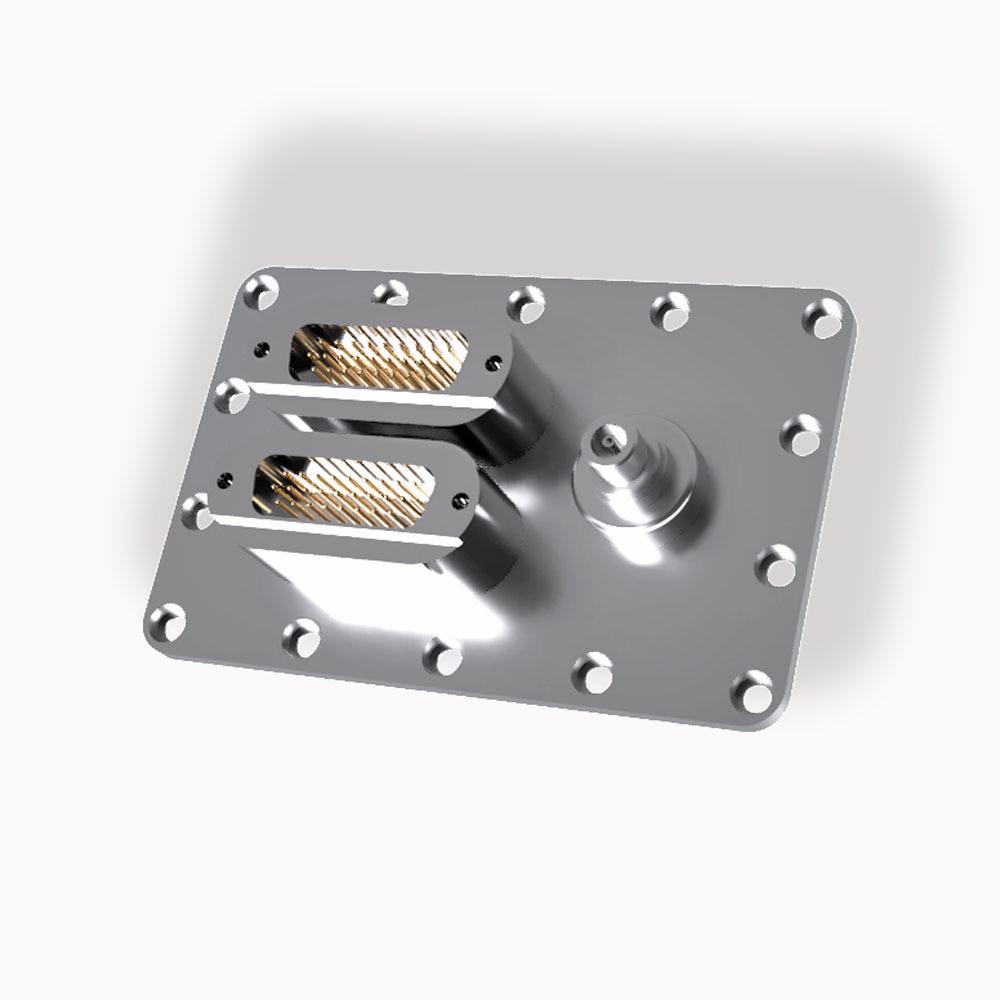Allectra has provided custom flanges and cables for AstroBio CubeSat (ABCS), a 3U Cubesat hosting a mini laboratory payload based on innovative lab-on chip technology suitable for research in the astrobiology science, biotechnology and pharmaceutical technologies sectors.

Image credit: Allectra
The objective of the project is to test, in space environments, an automatic laboratory based on lab-on-chip technology, able to provide a highly integrated in-situ multiparameter platform that uses immunoassay tests exploiting chemiluminescence detection.
The experiments will aim at evaluating:
The functional tests of the device (delivery of reagents, mixing of chemicals, detection of emitted photons, electronics, data storage and transmission);
The stability of chemicals and biomolecules employed in the experiment and necessary for performing bioassays (e.g., immunoassays exploiting chemiluminescence detection) in space conditions for astrobiological investigations.
In-orbit validation of the proposed technology would represent a significant breakthrough for autonomous execution of bio-analytical experiments in space with potential application in planetary exploration for biomarkers detection, astronauts’ healthcare, space stations’ environmental monitoring and more.
‘The ABCS mission objective is achieved through the use of a sealed payload box. In fact, in the case of ABCS, space vacuum would constitute an issue because of the necessity to handle liquids to perform scientific operations, therefore they have to happen in a pressurized environment to avoid reagents to change state from liquid to gaseous phase because of vacuum. To achieve this objective, and properly seal ABCS hardware and payload while exchanging data to/from the sealed payload box, a flange from Allectra was used. On-ground tests with a pressure sensor verified proper sealing at environmental pressure within the ABCS payload box.’ ABCS.
Find out more about the ABCS Cubesat project.
The Project is supported by Agenzia Spaziale Italiana (ASI) in cooperation with Istituto Nazionale di Astrofisica, Osservatorio Astrofisico di Arcetri (INAF-OAA), and School of Aerospace Engineering – Università Sapienza di Roma (UNIROMA1).